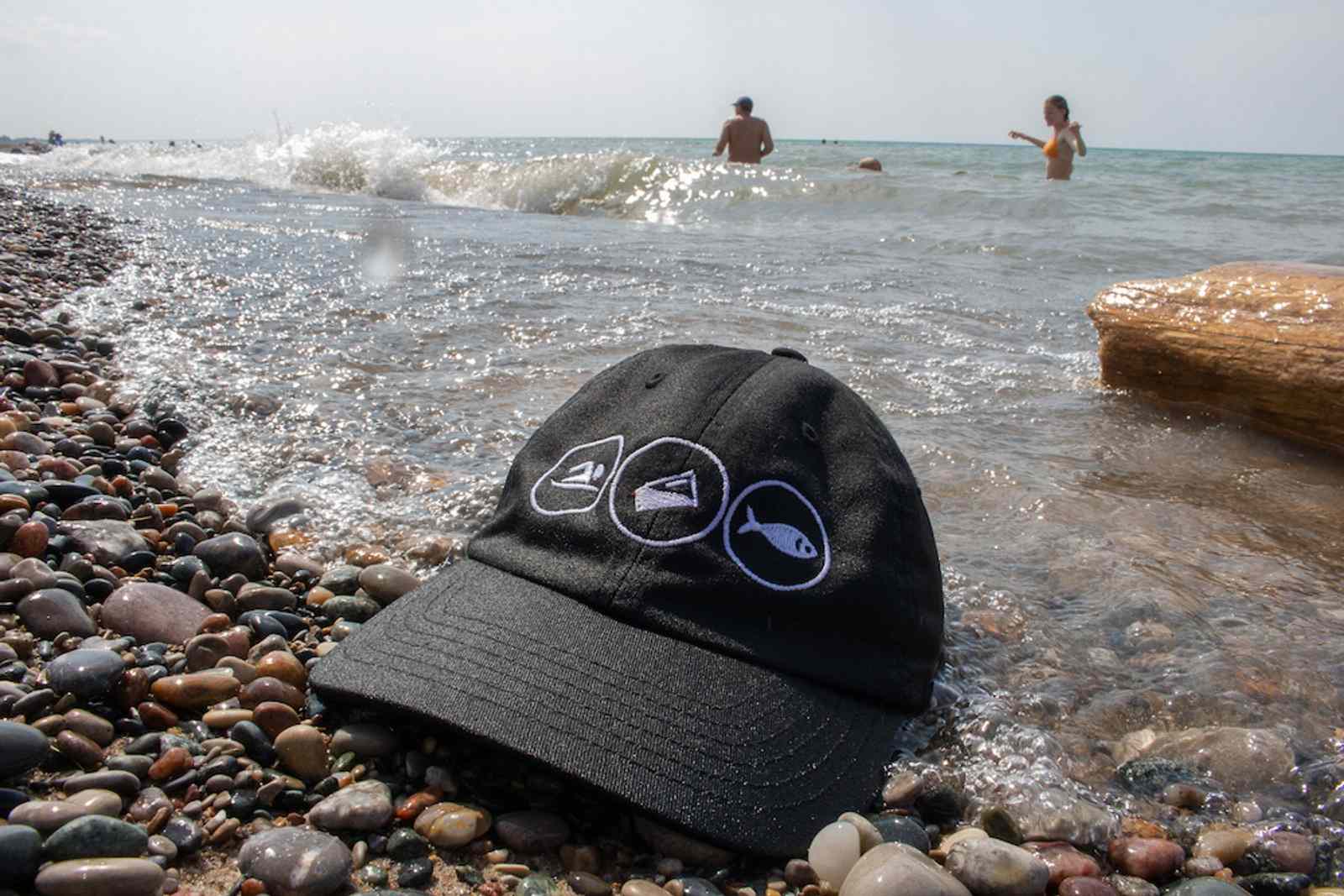Published August 30, 2019
Great Lakes Guide is on a mission to help you get outside and connect with the Great Lakes. Outdoor enthusiasts, activists, and Indigenous leaders, came together to help you create your own Great Lakes experience.
A lot of the information on this site shows people how to meet the lakes for the first time. We emphasize beaches, parks, and places where anyone can access the water. I take this service as seriously as prosecuting polluters and enforcing environmental laws.
Officials call people who swim, canoe, fish, hold water ceremony, or touch the water “recreational water users.” They see us all as one group, even though we often don’t see ourselves this way.
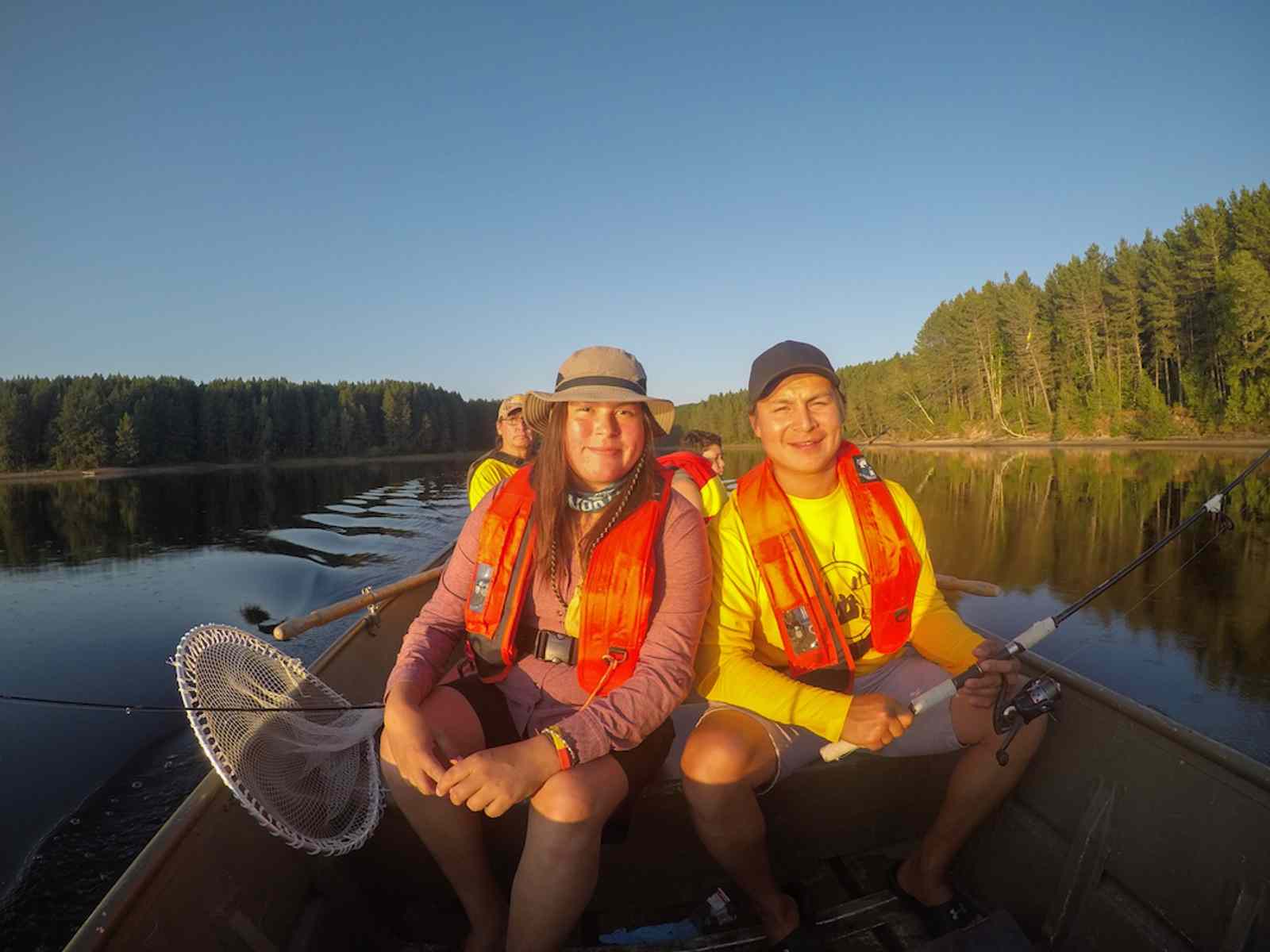
You may not feel connected to power-boaters when you’re sitting on the shore having a picnic. Sailors may not feel connected to people fishing in a nearby river. But we’re all part of a single community of people who touch the water. We are all “recreational” water users.
“Recreational water user” sounds boring. Our interests seem so different. Maybe that's why people often overlook threats to recreational waters when talking about “important” environmental issues. We've heard about climate change, pharmaceutical pollution, plastics, endangered species, and habitat loss, but when was the last time you heard about recreational water protections?
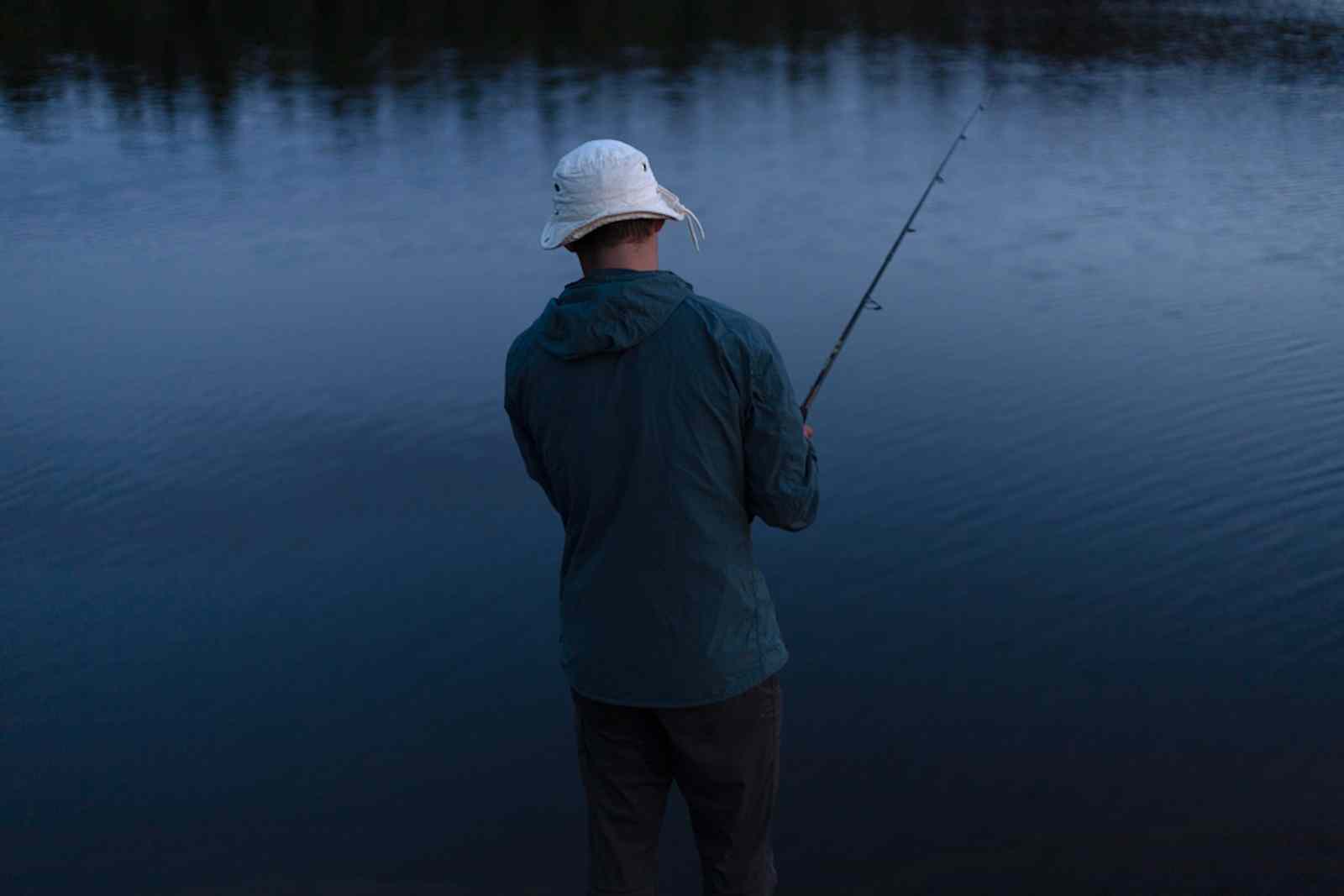
In my experience, one’s personal connection to water and their experience as “recreational” water user is what motivates people to find solutions to big, complicated challenges.
Many people who care about big issues started on their journey as an environmentalist after being bewitched by the power of water. It may have been fishing or swimming or canoeing as a youth. It may have been the power of sitting by a lake or a river or an ocean. It may have been the nagging feeling of loss and disempowerment that comes from growing up in a neglected and polluted community. Whatever the reason, water leaves a mark on people in powerful ways.
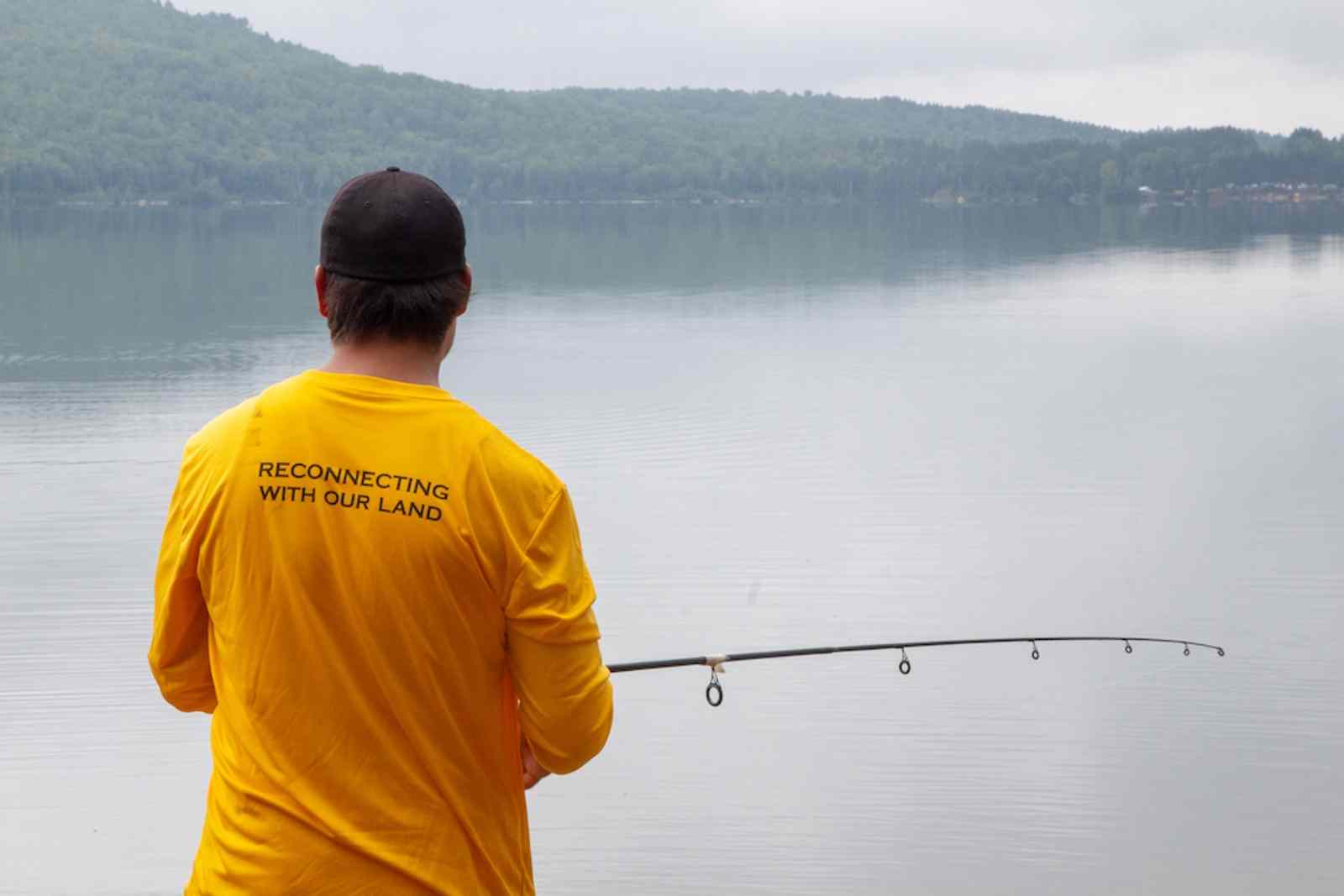
My experience with water, for example, taught me that one of the oldest-known environmental issues (sewage) remains one of the leading threats to waters today. Civilizations have always struggled to collect and dispose of human waste in a way that doesn’t harm human health or destroy waters around us. First, we see waters become unfit for contact. Then, we see harm to fish and birds, plants, and other life that depend on those waters. We can never have clean water if we can’t manage our sewage properly.
Anyone seeking to connect with water in a place affected by sewage pollution knows the shock of seeing your favourite marina or beach littered with sewage pollution. Great Lakes Guide serves as a reminder that our lakes don’t have to be this way. Destinations like the Gord Edgar Downie swimming pier are proof that sewage pollution and industrialized shorelines can be replaced with accessible, swimmable water.
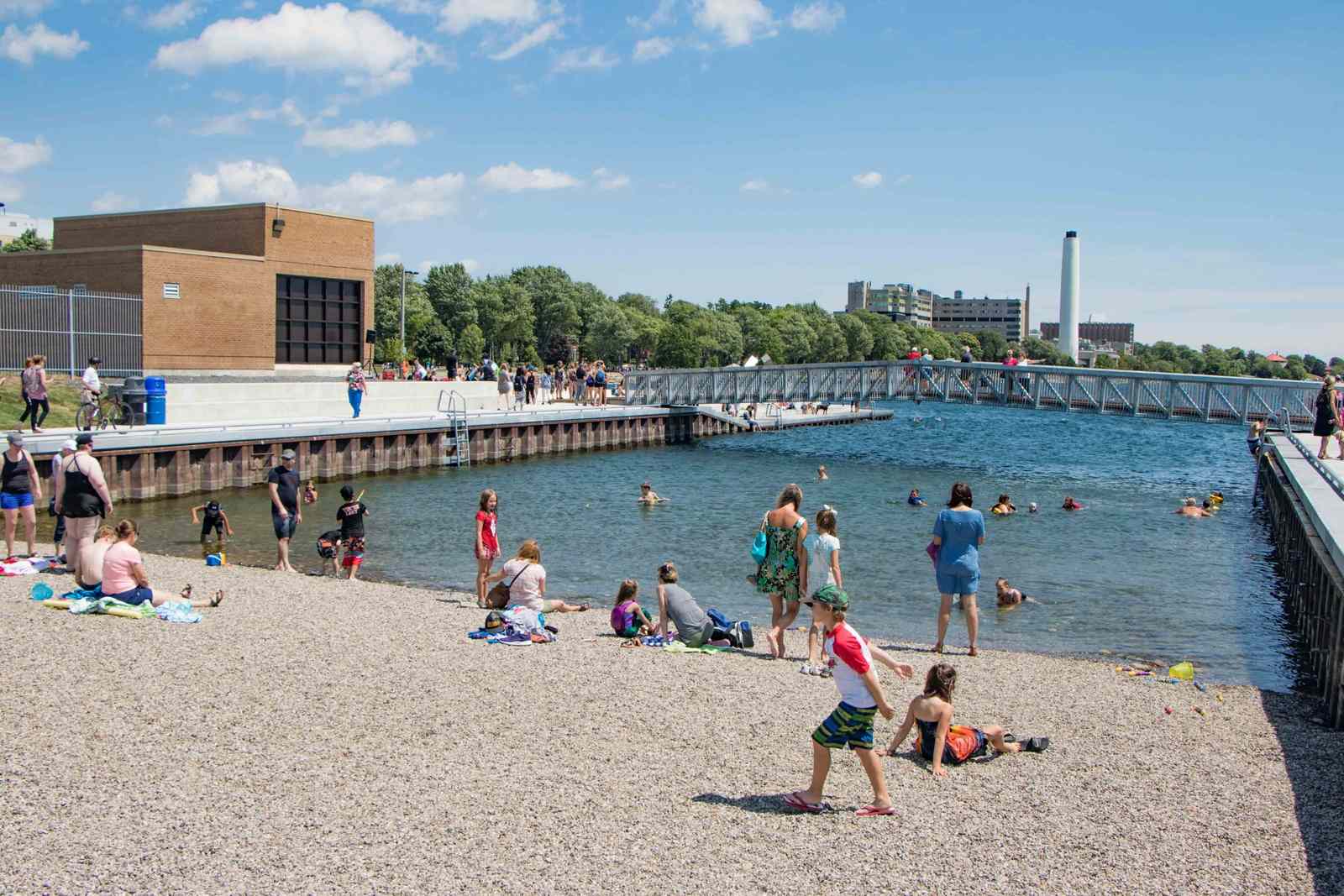
The best response to pollution isn’t to put up “No swimming” signs and tell people to stay away. The best response isn’t to tell people to forget about urban waters near our city cores. All those things do is drive people away from the water and force you to forget the connection that makes life here in the Great Lakes region possible.
Recreational water use, on the other hand, brings people back to the water. There are millions of people out there who enjoy that basic connection to water. They are the foundation of a movement with real power to create change. You are part of that movement.
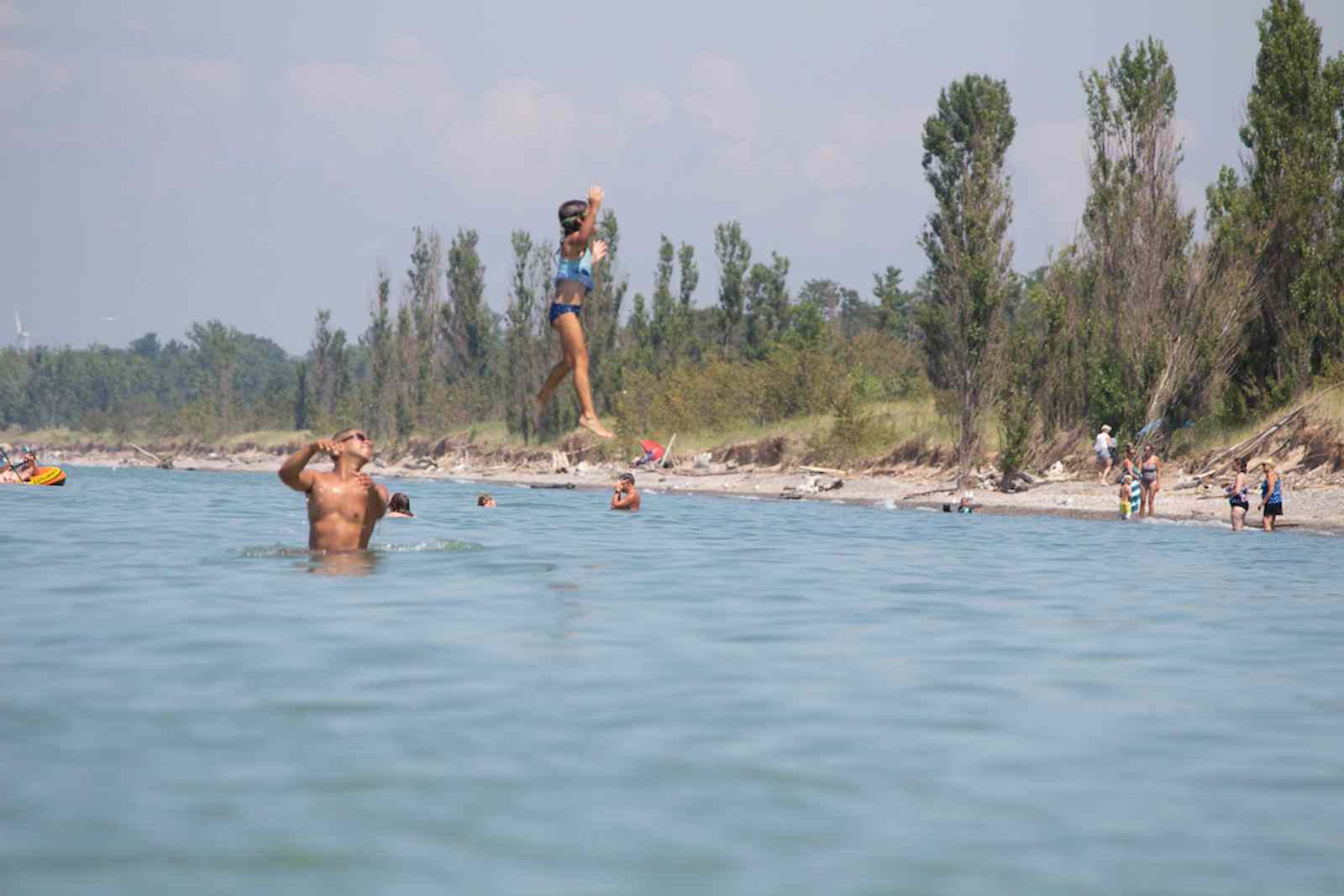
You don't need to be an expert to create change. It’s not that hard to solve problems like sewage pollution or to protect waters from stormwater runoff, from a technical point of view. Bacteria doesn’t survive very long in the water. If we turn off the pollution taps, the lakes start to bounce back. As a bonus, we also contain microplastics, pharmaceuticals, road salts, and oils when we contain our sewage and stormwater.
You don’t need to pass new laws, either. All of our laws and policies in the Great Lakes region encourage governments, business, and people to save the Great Lakes.
It does take a belief that swimmable, drinkable, fishable water is worth caring about, worth thinking about, worth considering when we plan and invest in our communities.

That’s where you come in.
Swim Drink Fish built Great Lakes Guide for the same reason we built Swim Guide and we run citizen science monitoring hubs: to connect more people with water. Every time you find a new beach that you love, share your new-found knowledge of the lakes with your family, or teach a friend to appreciate the time they spend by the water, you’re helping to build a movement.
Ultimately, your voices will be the voices that say what kind of future these lakes have. Make it swimmable, drinkable, fishable.
